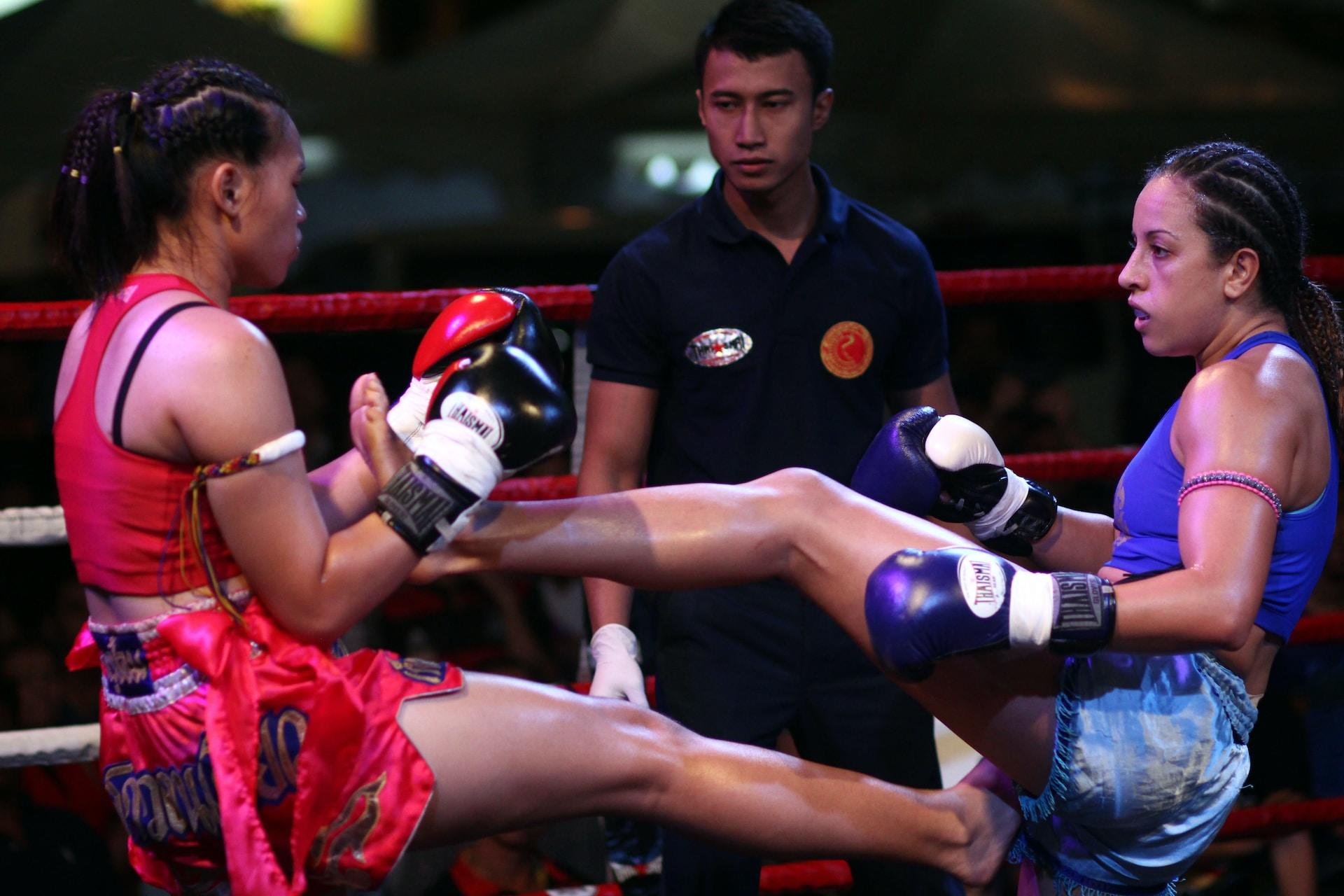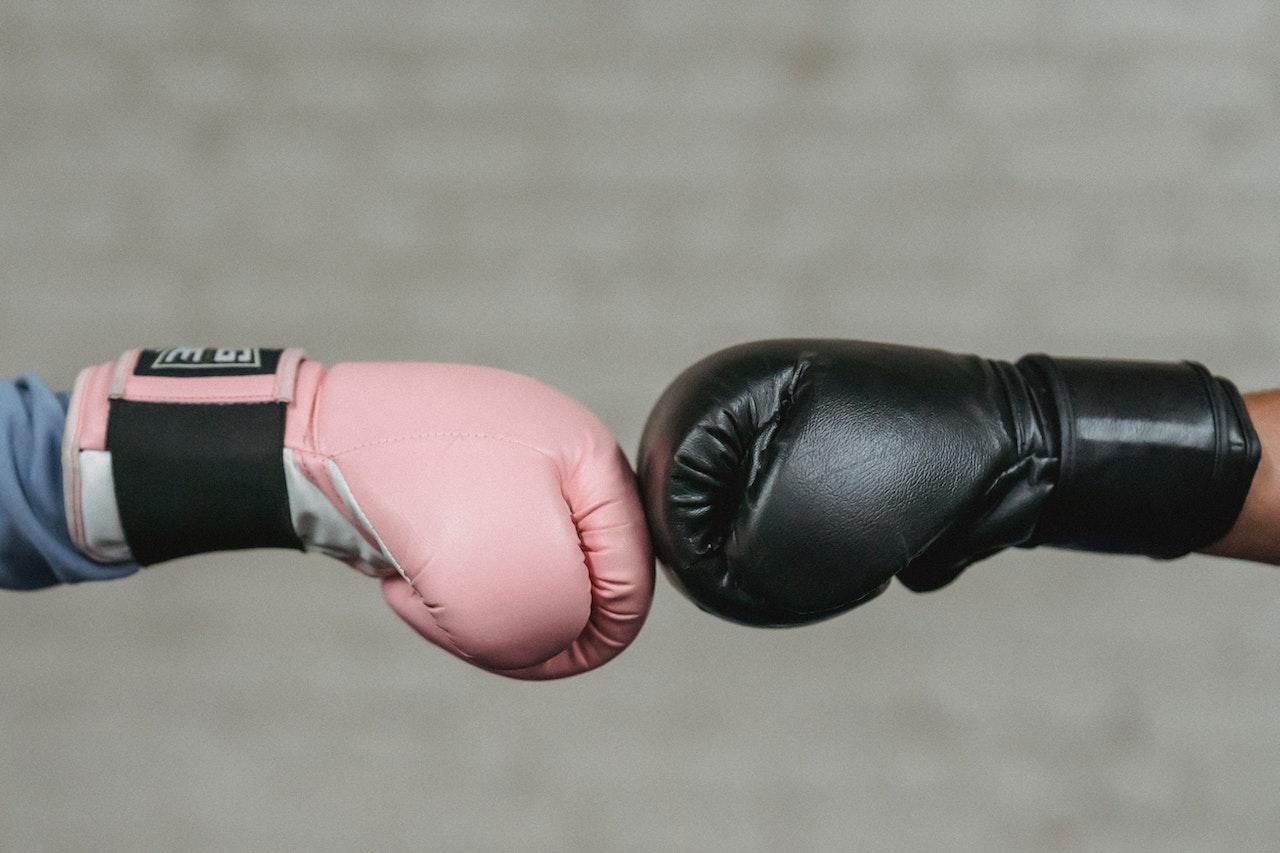Muay Thai, also known as the art of the right limbs, has a long history in Thailand. There is a simple reason for this. Unlike most martial arts, Muay Thai uses eight limbs: hands, elbows, knees and feet. Muay Thai is a standing-up fight and is generally known to be one of the most challenging fighting styles to beat. It is a tremendously powerful and devastating martial art.
Unlike other martial arts, Muay Thai is not only about strength but also about the mind. It not only requires brute force but focus and patience. A Muay Thai fighter will wait for the correct and precise time to deal with his opponent with the right and devastating combo techniques to deal the most damage in the shortest time.
Look at famous Muay Thai fighters such as Sagat Petchyindee, who won more than half his fights with knockouts. Another favourite fighter is Apidej Sit-Harun, whose kicks were so powerful it broke both of his opponent’s arms. This is a martial art that gives importance to not only power but technique and timing. This martial art has gained prominence and has been incorporated as part of popular culture due to its many benefits.
Our article will provide an overview of the different techniques used in Muay Thai. We aim to offer you valuable knowledge, step-by-step guidance, and a profound appreciation for why these effective techniques are a beautiful expression of art.

Muay Thai Kicks
Muay Thai kicks stand out from other martial arts due to their distinctive style. One significant difference is that Muay Thai kicks are recognized as piercing kicks. This is because these kicks are executed in a way that appears as if they can pierce the opponent’s body. A Muay Thai fighter puts all their weight into each kick.
One of the fastest and most efficient Muay Thai kicks is the low kick because it is challenging to defend against. The most devastating kick in Muay Thai is the head kick. If done correctly, this can be a dangerous and efficient blow to the opponent, but this kick is a bit trickier than the rest because the fighter will have to defend his body and head against his opponent when using this technique. There are many other types of Muay Thai kicks.

Below is a simple summary of the kick techniques used by Muay Thai fighters.
Teep
This is a long-range kick technique. This kick is effective against an opponent’s hips, abs and face.
Round Kick
This technique is used for low, mid, high and the switch kick. A low kick is a powerful kick that targets an opponent’s inner thigh and knee joints. If the low kick is executed correctly, it can cause your opponent to fall, which will help you gain more points in your fight.
The mid kick, on the other hand, is a kick that aims to hit your opponent’s arms, torso as well as ribcage. Using this kick, you can weaken your opponent’s arm, sabotaging their punching abilities. Repeatedly kicking your opponent using the mid-range roundhouse kick will also deter them from having a defensive stance, exposing them to more hits from you.
The High roundhouse kick is one of the most devastating kicks out there. It aims to hit the head and neck. Coupled with the power of a kick, it will knock out your opponent.
As its name suggests, a switch kick constantly switches your legs to attack your opponent. This will leave your opponent confused and unable to anticipate your next move.
Jumping Kicks
As mentioned earlier, jumping kicks is one of the techniques that are not common, but being able to execute them is impressive by itself. As its name suggests, the fighter will need to jump while aiming to kick their opponents. It is not so common because this type of kick, while devastating if executed right, opens the fighter to attacks from their opponent. This technique is tough to learn, so you should consider getting a trainer to help you master this move. There are many trainers available on Superprof’s platform that can teach you this move.
Diagonal Kick
The diagonal kick is another Muay Thai kick that uses a fighter’s shin to hit their opponent’s arms, neck and even rib cage. It is executed at a 45-degree angle to ensure the foot’s instep hits the opponent.
Straight foot jab
This is better known as Teep Trong. It is used to counter an opponent’s attacks. Its movement is very similar to boxing, where a fighter controls the distance between them and their opponents. This kick is aimed at an opponent’s midsection to keep them at a distance.
Muay Thai Fist Moves
Mat Nueng
Mat Nueng is a jab used in Muay Thai. This move is similar to boxing. It aims to keep your opponent at a distance while simultaneously measuring the distance from you to plan your next set of moves. This punch can be used as a defence and to attack. Using this technique correctly can disrupt an opponent’s move combination.
Mat Soi Dao
This is another move similar to the uppercut move in boxing. The Mat Soi Dao is a punch to an opponent’s head from below (aiming at the chin from below)
Kradot Chok
This is a move where a Muay Thai fighter jumps and punches his opponent. It is also referred to as the Superman punch, as the move looks similar to this move.
Mat Trong
This is a straight punch. It might seem simple, but it has devastating power when executed correctly. It is the most frequent punch used for knockouts in Muay Thai fights. This punch is thrown from the hand furthest from your opponent. A Muay Thai fighter will put his entire weight into the punch. This, combined with the fist’s distance from the face, makes this punch powerful.
Mat Wiang San
The Mat Wiang San is also known as the hook punch. In this technique, a fighter shapes his arm into a hook and rotates over the opponent’s head or body. This move opens up the ability for other techniques, such as the Maahd Najd.
Muay Thai Knee Techniques
Khao Trong
This is known as the straight knee move. It is a classic technique used in Muay Thai. It is mainly used to attach an opponent’s stomach and groin area. This is a mid-range knee attack. The longer version is called Khao Yao.
Khao Chiang
This is another knee Muay Thai technique. It is also known as the diagonal knee strike technique and is used to hit your opponent’s midsection. The Muay Thai fighter will carry up his knee in a diagonal manner. This is very effective when the opponent is in a clinched position.
Khao Tat
This is the opposite of Kao Chiang. Instead of diagonal knees in Lao Chiang, the Khao Tat is called the horizontal knee attack. In this move a Muay Thai fighter will use this more often than not if they are too close to an opponent and unable to use a regular kick. Just like Kao Chiang, this move is very effective if an opponent is in the grappling position. This Muay Thai move requires exceptional hip flexibility, and with the proper practice, it can be turned from an attack into a defence move.
Khao Loi
This is an impressive Muay Thai move. It is also known as the flying knee strike and, if executed perfectly, is very impressive. This is where a Muay Thai fighter will rush and land a knee strike to the head. This is usually done when the opponent is off balance and distracted. This move is extremely impressive but, if done incorrectly, can end badly for the fighter.
Muay Thai Elbow Techniques
Muay Thai elbow strikes are unique and different from all other martial arts. Did you know an elbow strike is capable of slicing an opponent’s head?

Sok Tee
This is a strike that is known as the rotating elbow. This move is used and is very effective on an opponent that is on the defensive. This is very similar to the boxing move called hook, but instead of using your fist, you will use your elbow. A Muay Thai fighter will rotate his entire body so that the force of his whole body will be channelled to his elbow to get the most out of this move.
Sok Tat
This is the most common Muay Thai elbow move. In this move, the Muay Thai fighter will move his elbow from one shoulder to the other. This is why it is called a horizontal elbow. A Muay Thai fighter will move their entire body, especially their shoulders and hips, to deliver this blow to their opponents.
Sok Ngad
This is similar to the Mat Soi Dow, but instead of using their fist, a Muay Thai fighter uses their elbows. They will deliver a blow to their opponents, mainly on their chin or nose, using their elbows from below.
Please remember that fighters are separated during most martial arts competitions when they enter a clinch. However, this is different in Muay Thai. A clinched position in Muay Thai provides an excellent opportunity to use elbow or knee techniques. Clinching in Muay Thai is a type of neck wrestling where a fighter presses their opponent’s head down using the palm of their hand. This technique is commonly referred to as Chap Kho.
Are you interested in learning Muay Thai? Superprof’s platform has many well-trained and experienced Muay Thai coaches. Why not head to our platform to start your Muay Thai journey?















